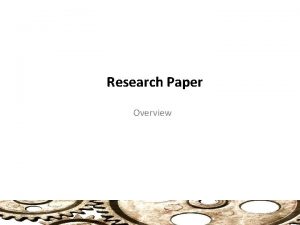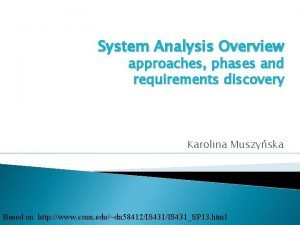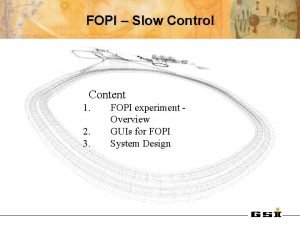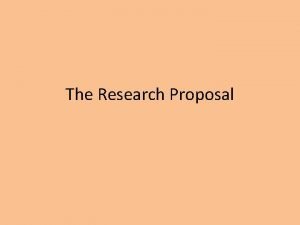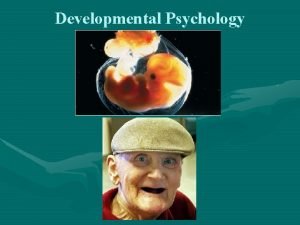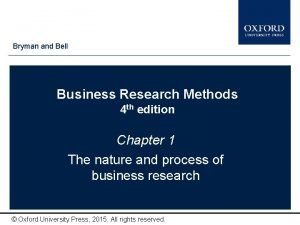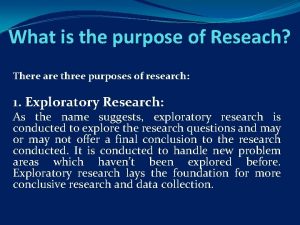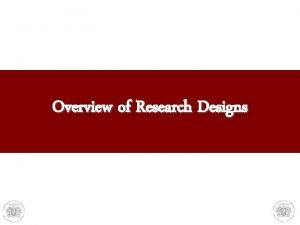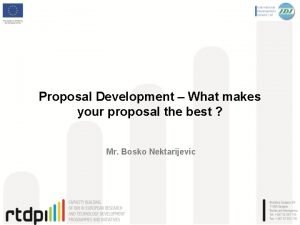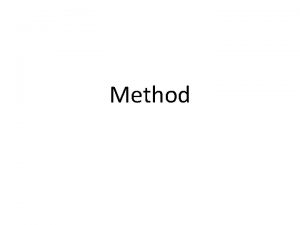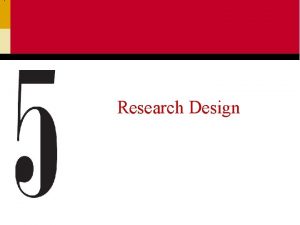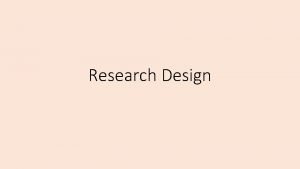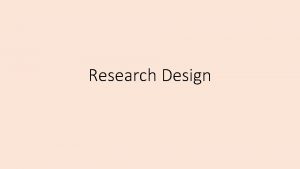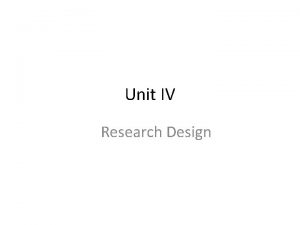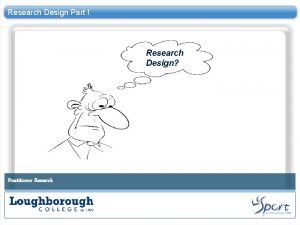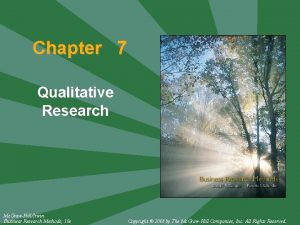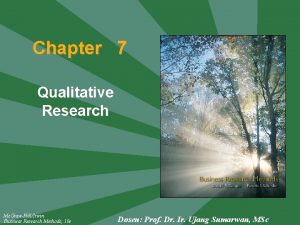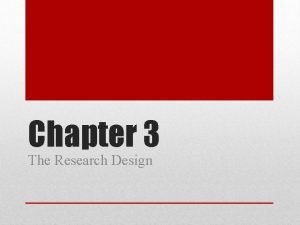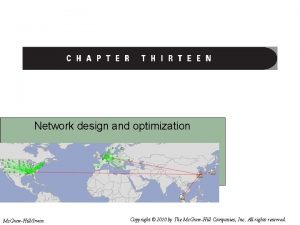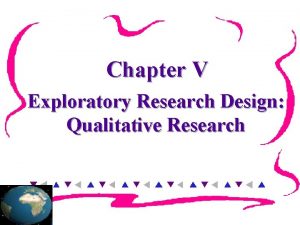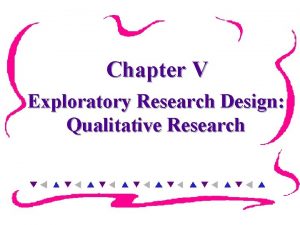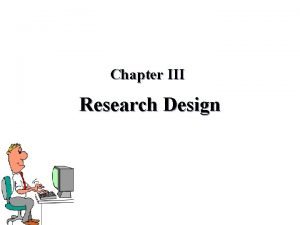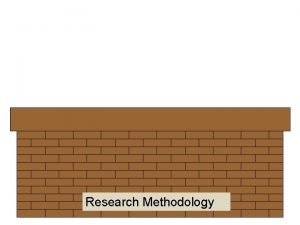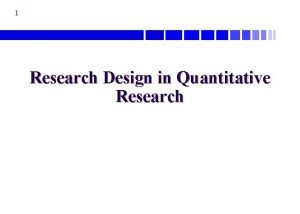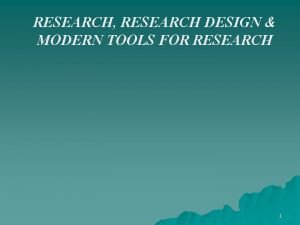Chapter 6 Research Design An Overview Mc GrawHillIrwin










































- Slides: 42

Chapter 6 Research Design: An Overview Mc. Graw-Hill/Irwin Business Research Methods, 10 e Copyright © 2008 by The Mc. Graw-Hill Companies, Inc. All Rights Reserved.

2 Learning Objectives Understand. . . • The basic stages of research design. • The major descriptors of research design. • The major types of research designs. • The relationships that exist between variables in research design and the steps for evaluating those relationships.

3 What Is Research Design? Blueprint Plan Guide Framework

What Tools Are Used in Designing Research? 4

What Tools Are Used in Designing Research? Mind. Writer Project Plan in Gantt chart format 5

6 Design in the Research Process

7 Descriptors of Research Design Perceptual Awareness Purpose of Study Research Environment Question Crystallization Descriptors Topical Scope Data Collection Method Experimental Effects Time Dimension

8 Degree of Question Crystallization Exploratory Study • Loose structure • Expand understanding • Provide insight • Develop hypotheses Formal Study • Precise procedures • Begins with hypotheses • Answers research questions

Desired Outcomes of Exploratory Studies Established range and scope of possible management decisions Established major dimensions of research task Defined a set of subsidiary questions that can guide research design 9

Desired Outcomes of Exploratory Studies (cont. ) Developed hypotheses about possible causes of management dilemma Learned which hypotheses can be safely ignored Concluded additional research is not needed or not feasible 10

11 Commonly Used Exploratory Techniques Secondary Data Analysis Experience Surveys Focus Groups

12 Face-to-face interaction —one of the best ways to learn from participants.

13 Experience Surveys • What is being done? • What has been tried in the past with or without success? • How have things changed? • Who is involved in the decisions? • What problem areas can be seen? • Whom can we count on to assist or participate in the research?

14 Focus Groups • • Group discussion 6 -10 participants Moderator-led 90 minutes-2 hours

15 Descriptors of Research Design Perceptual Awareness Purpose of Study Research Environment Question Crystallization Descriptors Topical Scope Data Collection Method Experimental Effects Time Dimension

16 Data Collection Method Monitoring Communication

17 Descriptors of Research Design Perceptual Awareness Purpose of Study Research Environment Question Crystallization Descriptors Topical Scope Data Collection Method Experimental Effects Time Dimension

18 The Time Dimension Cross-sectional Longitudinal

19 Descriptors of Research Design Perceptual Awareness Purpose of Study Research Environment Question Crystallization Descriptors Topical Scope Data Collection Method Experimental Effects Time Dimension

20 The Topical Scope Statistical Study • Breadth • Population inferences • Quantitative • Generalizable findings Case Study • Depth • Detail • Qualitative • Multiple sources of information

21 Descriptors of Research Design Perceptual Awareness Purpose of Study Research Environment Question Crystallization Descriptors Topical Scope Data Collection Method Experimental Effects Time Dimension

22 The Research Environment Field conditions Lab conditions Simulations

23 Descriptors of Research Design Perceptual Awareness Purpose of Study Research Environment Question Crystallization Descriptors Topical Scope Data Collection Method Experimental Effects Time Dimension

24 Purpose of the Study Reporting Casual Explanatory Descriptive Causal Predictive

25 Descriptive Studies Who? How much? What? When? Where?

26 Descriptive Studies Descriptions of population characteristics Estimates of frequency of characteristics Discovery of associations among variables

27 Descriptors of Research Design Perceptual Awareness Purpose of Study Research Environment Question Crystallization Descriptors Topical Scope Data Collection Method Experimental Effects Time Dimension

28 Experimental Effects Ex Post Facto Study • After-the-fact report on what happened to the measured variable Experiment • Study involving the manipulation or control of one or more variables to determine the effect on another variable

29 Ex Post Facto Design Fishing Club Member Non-Fishing-Club Member Age High Absentee Low Absentee Under 30 years 36 6 30 48 30 to 45 4 4 35 117 45 and over 0 0 5 115

30 Causation and Experimental Design Control/ Matching Random Assignment

31 Mills Method of Agreement

32 Mills Method of Difference

33 Causal Studies Symmetrical Reciprocal Asymmetrical

34 Understanding Casual Relationships Property Behavior Disposition Response Stimulus

35 Asymmetrical Casual Relationships Stimulus-Response Property. Disposition Property. Behavior Disposition-Behavior

Exhibit 6 -6 Types of Asymmetrical Causal Relationships Relationship Type Nature of Relationship Examples Stimulus-response An event or change results in a response from some object. • A change in work rules leads to a higher level of worker output. • A change in government economic policy restricts corporate financial decisions. • A price increase results in fewer unit sales. Property-disposition An existing property causes a disposition. • Age and attitudes about saving. • Gender attitudes toward social issues. • Social class and opinions about taxation. Disposition-behavior A disposition causes a specific behavior. • Opinions about a brand its purchase. • Job satisfaction and work output. • Moral values and tax cheating. Property-behavior An existing property causes a specific behavior. • Stage of the family life cycle and purchases of furniture. • Social class and family savings patterns. • Age and sports participation. 36

37 Evidence of Causality Covariation between A and B Time order of events No other possible causes of B

38 Descriptors of Research Design Perceptual Awareness Purpose of Study Research Environment Question Crystallization Descriptors Topical Scope Data Collection Method Experimental Effects Time Dimension

39 Participants’ Perceptional Awareness No deviation perceived Deviations perceived as unrelated Deviations perceived as researcher-induced

40 Descriptors of Research Design Category Options The degree to which the research question has been crystallized • Exploratory study • Formal study The method of data collection • Monitoring • Communication Study The power of the researcher to produce effects in the variables under study • Experimental • Ex post facto The purpose of the study • Reporting • Descriptive • Causal-Explanatory • Causal-Predictive The time dimension • Cross-sectional • Longitudinal The topical scope—breadth and depth—of the study • Case • Statistical study The research environment • Field setting • Laboratory research • Simulation The participants’ perceptional awareness of the research activity • Actual routine • Modified routine

41 Key Terms • Asymmetrical relationship • Case study • Causal study • Causation • Children’s panels • Communication study • Control group • Correlation • Cross-sectional study • • • Descriptive study Ethnographic research Ex post facto design Experience Experiment Exploratory study Field conditions Focus group Formal study Individual depth interview Intranet

42 Key Terms (cont. ) • • Laboratory conditions Longitudinal study Matching Monitoring Primary data Qualitative techniques Random assignment • • • Reciprocal relationship Research design Secondary data Simulation Statistical study Symmetrical relationship
 Sots meaning in research
Sots meaning in research Methodology vs. method
Methodology vs. method Appendix in research paper
Appendix in research paper Methodology errors
Methodology errors Categories of exploratory research
Categories of exploratory research Importance of qualitative research
Importance of qualitative research System design
System design System design overview
System design overview Emt chapter 24 trauma overview
Emt chapter 24 trauma overview Chapter 14 medical overview
Chapter 14 medical overview Chapter 9 lesson 2 photosynthesis an overview
Chapter 9 lesson 2 photosynthesis an overview Chapter 12 selling overview
Chapter 12 selling overview Chapter 2 an overview of the financial system
Chapter 2 an overview of the financial system Chapter 1 overview of verb tenses
Chapter 1 overview of verb tenses Overview of personal finance chapter 1
Overview of personal finance chapter 1 Overview of the dentitions chapter 11
Overview of the dentitions chapter 11 Foundations in personal finance chapter 1 review answers
Foundations in personal finance chapter 1 review answers General features of animals
General features of animals Chapter 1 an overview of financial management
Chapter 1 an overview of financial management Chapter 17 overview elements and their properties
Chapter 17 overview elements and their properties Chapter 1 overview of financial statement analysis
Chapter 1 overview of financial statement analysis Component of research methodology
Component of research methodology Research report vs research proposal
Research report vs research proposal Definition of research design
Definition of research design Scope definition in research
Scope definition in research Future research plan sample
Future research plan sample Contrast applied research and basic research
Contrast applied research and basic research Technique involved in defining a problem
Technique involved in defining a problem Research instrument in experimental research
Research instrument in experimental research Operational thought
Operational thought Correlational vs comparative research
Correlational vs comparative research Applied vs fundamental research
Applied vs fundamental research Basic research vs applied research
Basic research vs applied research Explanatory reseach
Explanatory reseach Practical research inquiry
Practical research inquiry Characteristics of descriptive research
Characteristics of descriptive research Examples of research objectives in a research proposal
Examples of research objectives in a research proposal Research instrument in experimental research
Research instrument in experimental research Www overview
Www overview Maximo work order priority
Maximo work order priority Uml overview
Uml overview Uml overview
Uml overview Vertical retail
Vertical retail
